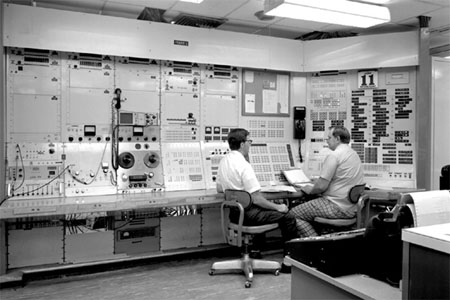
Our current focus is on the development of signal processing algorithms with the view that signal processing is a technology which spans a host of application areas. While the development of meaningful and potentially useful algorithms is done best with attention to potential applications, the commitment in our current research is to the algorithms in general rather than to specific applications. Consistently, our group has successfully looked to application areas such as speech and image processing, sensor networks, communications, and radar and sonar, to name a few.
Much of our research over the years has been involved in the development of algorithms in traditional areas such as signal modelling, quantization, parameter estimation, sampling and signal representations. We have also successfully explored unconventional directions such as algorithms based on fractal signals, chaotic behavior in nonlinear dynamical systems, and the exploitation of solitons associated with particular classes of nonlinear wave equations. These creative directions can be categorized–at least initially–as “solutions in search of problems”. However, quite typically we have been able to eventually identify potential applications for these solutions. In many cases, these unique projects have led to patents and have been incorporated into real world systems.
Another approach we have taken in developing new algorithms has been to look to nature for inspiration and as a metaphor for new signal processing directions. Our work on chaos, solitons and fractals falls in this category to a certain extent. More recently, studying quantum mechanics as a parallel has led us to the development of a variety of new algorithmic frameworks, which we describe as Quantum Signal Processing (QSP). In a similar vein, we are studying signal processing in cell biology and its potential as an analogy for new signal processing algorithms.
